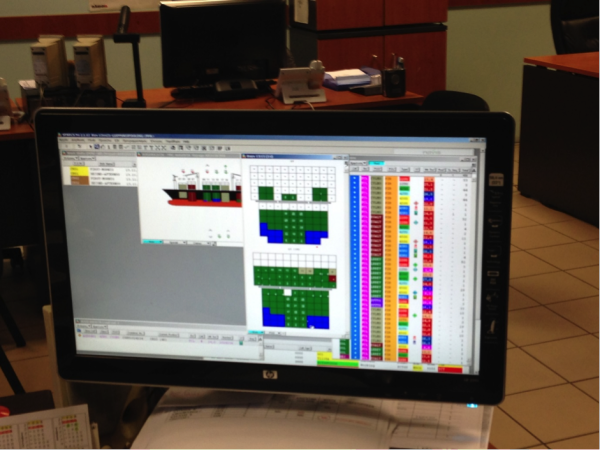Anna Lascari
Anything new carries an aura of a promise and consequently an expectation. The not yet operational New Ikonion – Thriassion rail line does exactly that, as it unfolds from its origin in the heavily guarded Piraeus Container Terminal (PCT) facilities to the under construction Thriassion Freight and Intermodal Center. Scenarios about Cosco’s expansion that may generate employment in the area are futuristic and speculative. Unsubstantiated hopes have risen high amongst residents populating the areas that the rail crosses, expecting benefits for their communities, which will come, depending on their location, either from the development of Piraeus harbor and the PCT terminal, from Cosco or from the rail line itself.


